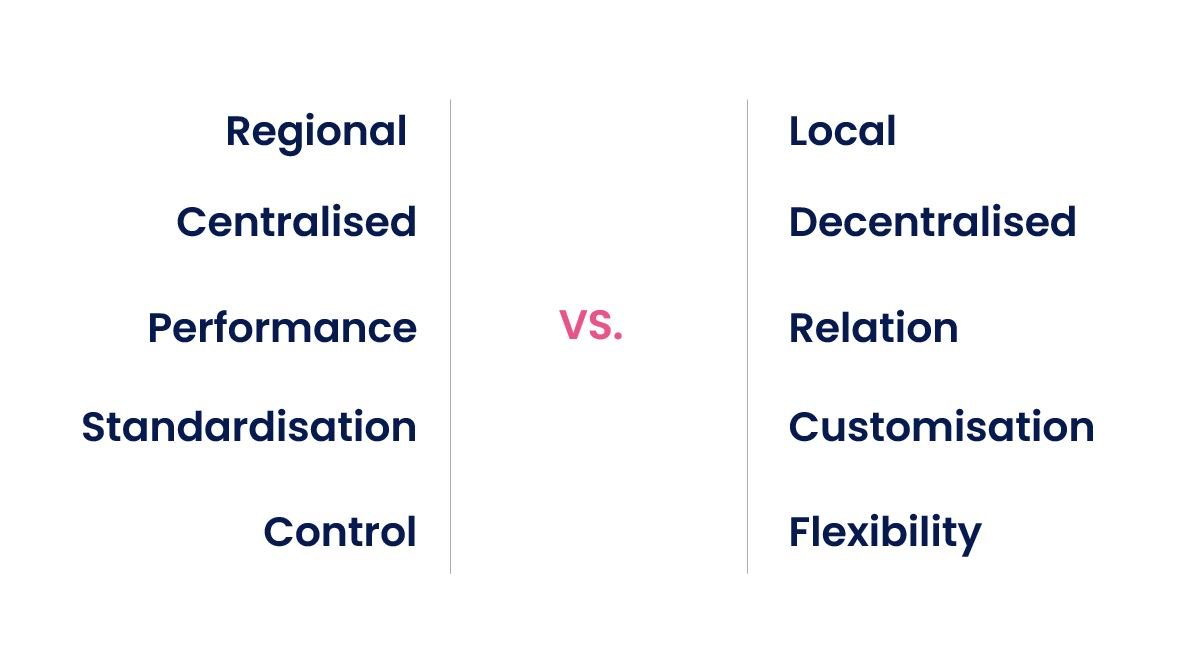Leadership and Paradoxes
Leadership and Paradoxes
Daniel Mannheimer, Head of Leadership Consulting and Chartered Occupational Psychologist, discusses how balancing paradoxes has become an essential leadership skill in today’s disruptive business climate. Thinking in terms of paradoxes is a critical shift leaders need to make to navigate complexity and is an important element of any leader development strategy.
As children we are taught to solve problems; solve them then never face them again, or if we do, we can use the same solution. However, for the major part and particularly in periods of change, instability or disruption - the business world doesn’t operate like this.
Leaders who may be excellent problem solvers are now faced predominantly with paradoxes, that is to say problems that have two or more opposing polarities that are ongoing and unsolvable. A decade ago, leaders would agree on a strategy and focus on it persistently. For example, they might focus solely on growth without considering cost savings or consolidation. They would then run into the downside of a growth-only focus. There might be rising costs, infrastructure bloat and other inefficiencies. This would make leadership strategy to swing the other way making amalgamation, cost cutting and efficiency improvements the priority.
In today’s transformative and disrupted business landscape, if leaders ask the question: “Do I focus on growth or efficiency?” The answer is likely to be: “Both please- and do both well.”
Daniel Mannheimer
Head of Leadership Consulting Sweden
E-Mail
“In today’s transformative and disrupted business landscape there is no room for leaders to ask: growth OR efficiency. They must focus on both. ”
The two polarities are a paradox and are actually dependent upon one another and must be managed together for a business to be successful. In business, centralisation versus decentralisation, or growth versus profit maximisation, are common examples of a paradox. Research shows that leaders and organisations that leverage paradoxes outperform those that don't.[1]
A great source of tools and practices to manage paradox in business comes from the work of Barry Johnson[2], who initially developed a simple yet powerful system for mapping and managing polarities in 1975.
He highlighted how when working with polarities, you need to be able to see both perspectives clearly and at the same time.
Paradoxes have no right answer and leaders must be able to manage through the uncertainty, inconsistency and ambiguity of these situations. The trick isn’t to solve a polarity or to make a choice and move on. Instead, you handle a polarity by firstly recognising what it is, and secondly, learning how to practically move through the positives and negatives it presents. By putting in place performance indicators to monitor the situation and rebalancing and redressing strategy accordingly, a balance can be obtained.
Examples of common paradoxes
Effective leadership
When it comes to finding balance, a change in thinking is needed. This shift in thinking involves a leader moving away from consistency and safety to being consistently inconsistent and leading their team to think outside the box. While it feels more comfortable to "do it the way it's always been done", polarities require leaders to promote experimentation and change.
Effective leaders need the ability to question the challenges they are facing and see if they are a problem to solve or a paradox to deal with. When leaders stop asking ‘can we have both’ and instead push for ideas and answers around ‘how to have both’ then new approaches are formulated and balanced strategies will propel the business forward.
Alumni
Alumni can partner with you to start managing paradoxes at your organisation by equipping your team with leadership paradox & polarity skills. We deliver our research-backed leadership development programmes to build on a leader’s ability to recognise problems versus paradoxes and increase their capacity to handle them well. Through targeted development, leadership can learn a process to better understand and respond to issues that don’t have fixed solutions.
References
[1] Martin, R. L. (2009). The opposable mind: Winning through integrative thinking. Boston, MA: Harvard Business Review.
Collins, J., & Porras, J. I. (1994). Built to last: Successful habits of visionary companies. New York, NY: HarperBusiness.
[2] Johnson, Barry, Polarity Management: Identifying and Managing Unsolvable Problems






